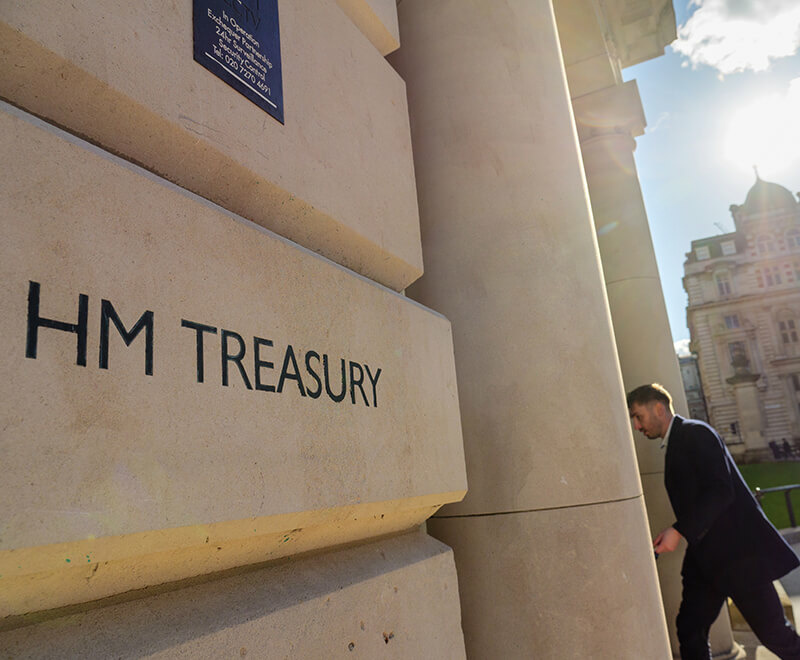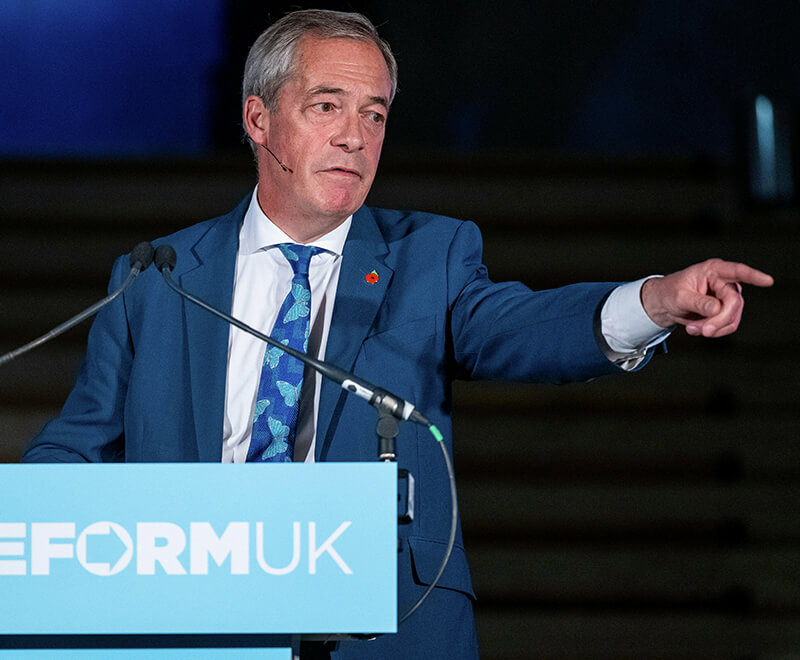The 2025 Budget will be remembered for two things: record-high taxation and a Chancellor intent on prioritising political stability over economic boldness. Despite being one of the most heavily pre-briefed Budgets in recent memory, the final package still landed with significant implications for households, businesses and investors.
A record tax burden and £26bn of new tax rises
The Government confirmed that the UK’s tax burden will rise to 38% of GDP, the highest level since records began. This is driven by a suite of tax rises worth £26bn by the end of the Parliament.
Key measures include:
- Three-year extension of the freeze on income tax and National Insurance thresholds (until 2031).
- NICs imposed on salary-sacrifice pension contributions above £2,000 (from 2029), raising £4.7bn.
- Higher rates on dividends, savings and property income from 2026-27.
- A new high-value property surcharge (“mansion tax”) of £2,500-£7,500 per year.
- Electric vehicle road pricing from 2028.
These changes fall most heavily on salaried workers and higher earners. As noted in the analysis, around two-thirds of the post-pandemic tax rise comes from personal taxation.
A major expansion in welfare spending
The Budget confirmed the single most politically charged policy of the year:
- The abolition of the two-child benefit cap, forecast to cost £3bn annually and lift 450,000 children out of poverty.
Alongside this:
- Welfare uprating continues in line with inflation.
- The pensions Triple Lock is maintained (4.8% rise from 2026).
- No welfare reform or spending cuts were announced, despite clear fiscal pressures.
This package was designed to satisfy Labour backbenchers, whose influence has visibly increased. This effectively cedes part of fiscal control to Parliament rather than Treasury orthodoxy.
Economic outlook: flat growth, sticky inflation, rising debt
The Office for Budget Responsibility projections suggest:
- Growth holding at just 1.5% a year until 2030.
- Inflation peaking at 3.5% in 2025, returning to 2% only by 2027.
- Government borrowing hitting £138bn in 2025-26, falling gradually to £67bn by 2030-31.
- A modest improvement in earnings growth but continued vulnerability to external shocks.
Despite this, the Chancellor meets her fiscal rules with £22bn of headroom, though this remains tight by historic standards.
Business reaction: relief followed by frustration
While some feared more aggressive corporate tax hikes, businesses still face:
- Higher dividend taxes.
- Rising labour costs through the 4.1% increase in the National Living Wage.
- A NICs rise on some pension contributions.
- Continued regulatory uncertainty.
Industry bodies were polite but blunt:
- CBI warned the “scattergun approach to tax risks leaving the economy stuck in neutral.”
- FSB said the tax changes make “investing in your own business one of the least tax-friendly things you can do.”
- BCC welcomed the absence of major new business tax rises but said the Budget failed to offer a “compelling blueprint” for growth.
A market-calming Budget without a growth story
Reeves delivered stability, avoided a market shock and bought herself crucial political breathing space. But the Budget leaves major questions unresolved. The UK still lacks a clear long-term growth strategy, productivity remains flat, and the incentives on offer for investment are limited.
Much of the fiscal pain is pushed to the final years of the Parliament, raising doubts about how politically durable the package will prove. In the end, the Budget will be judged not on its tax adjustments but on whether it signals a coherent approach to regulation and markets that can genuinely foster innovation and enterprise.
Read all of Pagefield’s deep analysis here.



